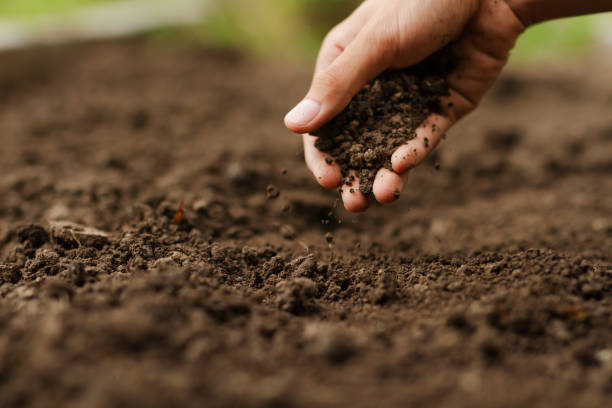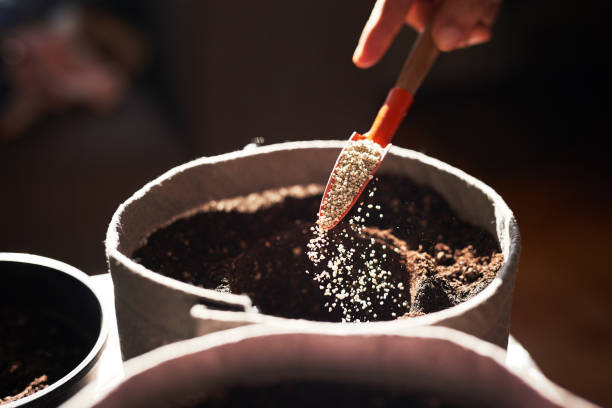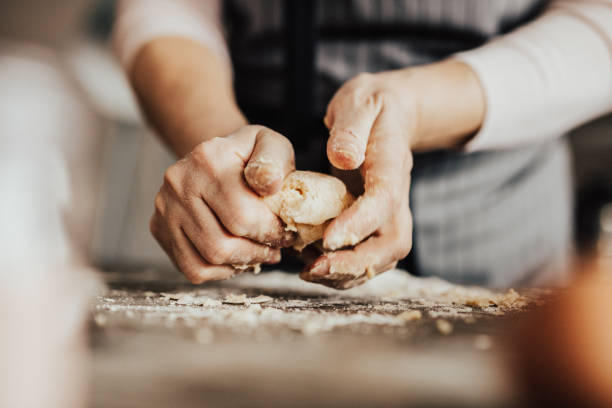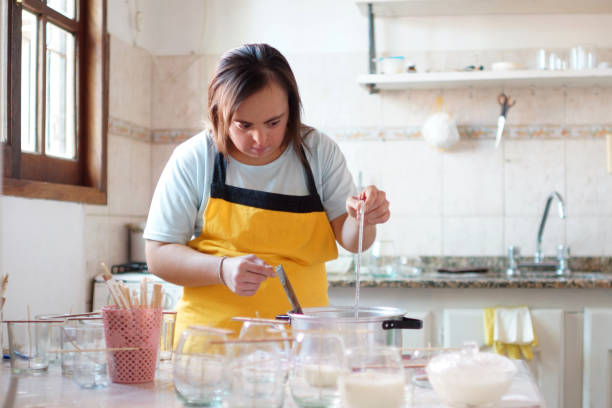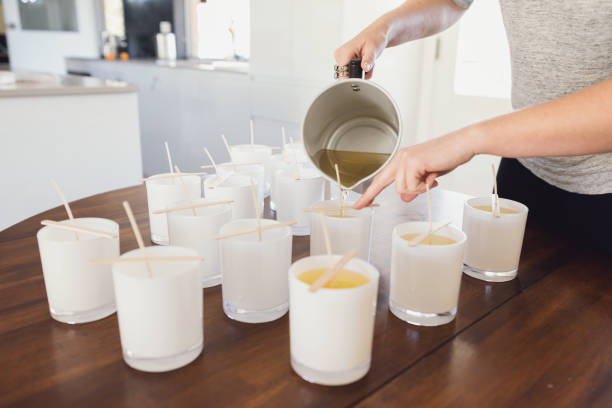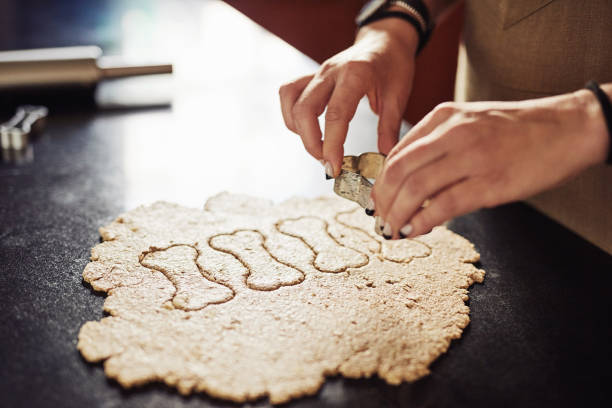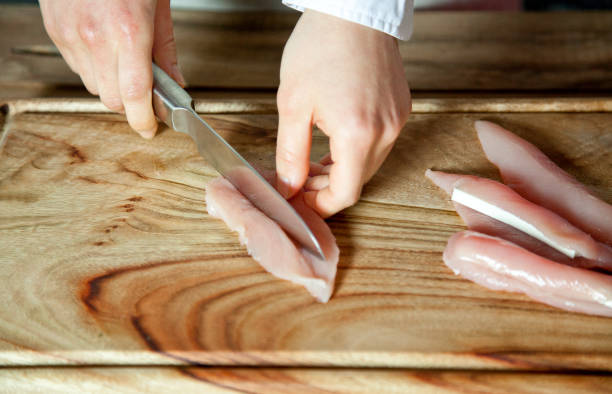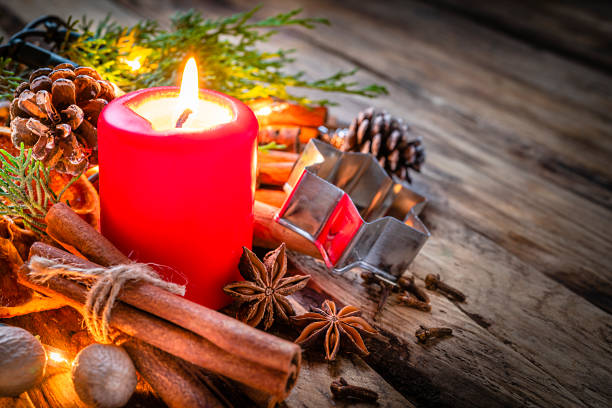Bath bombs, also known as bath bombs, make bath time an exciting experience for children and adults alike. But these are not very cheap commercially. That’s why we show you simple recipes for making bath bombs yourself.
Making bath bombs yourself is easy and saves money and packaging. And the best thing is you can create them according to your wishes and ideas. You can use natural home remedies as ingredients that are good for your skin. And then you can let it bubble properly.
What are bath bombs?
Bath bombs are also called bath bombs or bath chocolates. You can add these round balls to your relaxing full bath as a bath additive. Then they unfold their exciting effect, as they begin to release scents, colors, and essential oils in connection with water. Consequently, they color the water and make it fizz. In addition, the balls may contain skincare ingredients that properly care for your skin.

Make your own bath bomb ideas
Since bath bombs are quite expensive in stores, but you shouldn’t miss out on bathing fun with these balls, we’ve collected recipes and ideas for making bath bombs yourself. Because this bath additive ensures body relaxation and is an effective remedy against stress. You can also make these together with your children and it is a great gift idea.
Ingredients for homemade bath bombs
You can get the natural ingredients in the drugstore or in the health food store. And you can buy some ingredients on the Internet since there are large quantities for a small price. This is particularly worthwhile for the home remedy baking soda and the all-around talent of citric acid. Consequently, you need the following ingredients for approx. 4 – 6 servings:
- 250 g baking soda
- 125 grams of citric acid
- 60 g cornstarch
- 60 g coconut oil
- Essential Oil (your choice)
- food coloring
- Decoration (dried flowers, tea, or similar)
- Possibly spherical shapes
Instructions for making bath bombs yourself
After you’ve got all the natural ingredients, you’re good to go. Prepare different bowls for this. And if you don’t have ball molds, you can also shape the bath bombs by hand. But you can also use other shapes, for example, silicone molds can be used for baking.
1) Mix the dry ingredients
First, you have to mix the home remedy baking soda with the other powdery ingredients citric acid and cornstarch. If you want to make colorful bath bombs yourself, then divide the mixed powder into different bowls. Because in the next step, the powder is colored.
2) Mix liquids together
Now you need to process the liquid ingredients. Accordingly, put the miracle cure coconut oil in a pot and let it melt at a low temperature. Then put it in a bowl and mix it with a few drops of essential oil. Also, add the respective food coloring. If you use different colors, you will need different bowls here as well. Also, note our instructions for making your own paints.
3) Mix the powder with liquid
Then you have to mix the liquid mixture with the previously prepared powder mixture. Add the liquid very slowly to the powder so that the consistency remains powdery. Now the crowd should feel like wet sand. If the perfect consistency hasn’t been reached, either add some vegetable oil or more cornstarch.
4) Shape and decorate bath bombs
After mixing the powder with the liquid, you need to shape the bath bombs well and tightly. And then you can decorate them. There are no limits to your imagination. You can dry flowers beforehand and then integrate them into the bath bombs. Or add dried herbs.
5) Dry homemade bath bombs
Finally, you have to put the finished, homemade bath bombs in the fridge for a few hours. Then remove it from its shape and let it dry for a few more days. And then you can give away the bath bombs to make yourself or use them for yourself. In addition, read our instructions on how to make a base bath yourself.
Effects of bath bombs

Depending on which essential oils you add, the bath bombs can have a certain effect. Consequently, the addition of effective lavender oil can have a calming and antispasmodic effect. The scents of bergamot, jasmine, and rose can be used as natural mood enhancers. And using tea tree oil in the bath bombs can have a disinfecting effect. Consequently, you can use it as a supplementary home remedy against skin fungus.
Shelf life of homemade bath bombs
You will usually find an expiry date on purchased bath bombs. But how long do the homemade bath bombs last? Do-it-yourself bath bombs can be kept for a few months. It is important that you let them dry and harden sufficiently. In addition, they should then be packed airtight and dark. As a result, you can use them for a long time as a natural remedy for soft and delicate skin.

